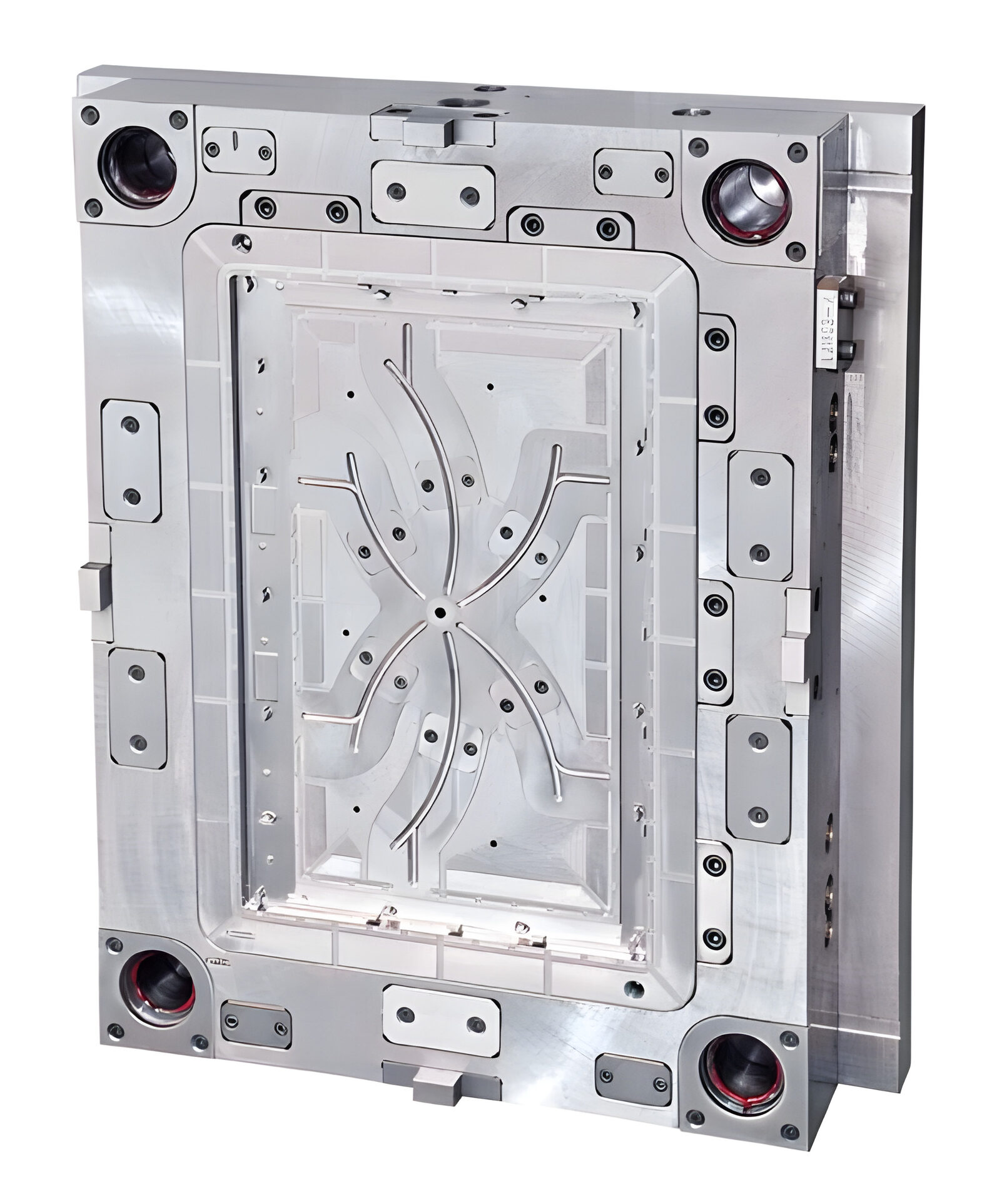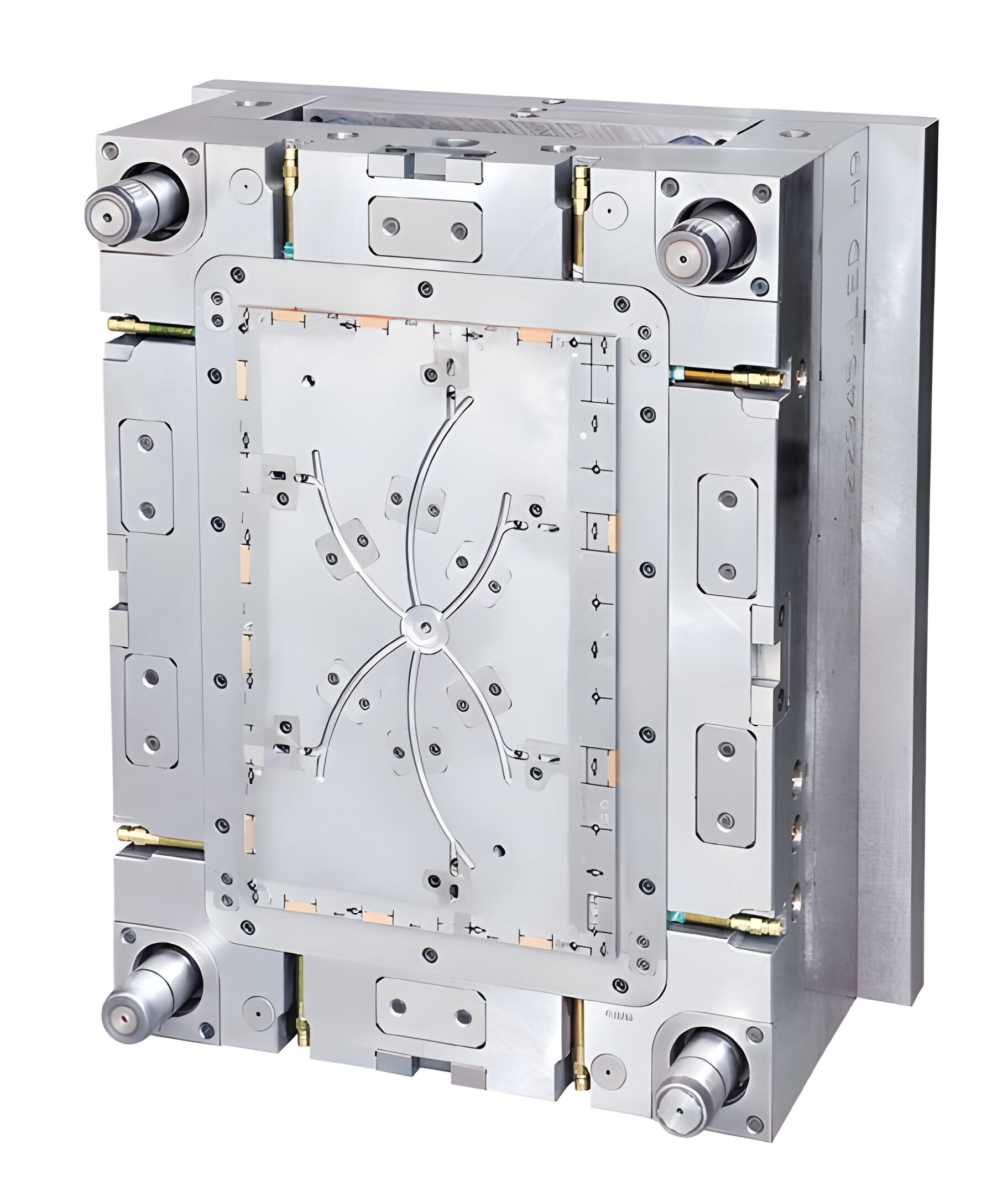Injection molding is a widely used manufacturing process for producing plastic parts in large volumes. A well-designed mold ensures high-quality products, reduced defects, and efficient production. One of the most important aspects of mold design is the correct placement of the core and cavity. In this article, we will explain their roles, the key factors that influence their layout, and practical design tips for better results.
To begin with, it's important to understand what the core and cavity are in an injection mold.
The cavity is the hollow part of the mold that shapes the outer surface of the molded part. On the other hand, the core forms the internal features or the inner surface of the product. When the mold closes, the molten plastic is injected into the space between the core and cavity. Once cooled, the mold opens, and the part is ejected—usually from the core side.
A simple example is a plastic cup. The outside shape is formed by the cavity, while the inside hollow is formed by the core.

There are several factors that influence how the core and cavity should be positioned in a mold. Let’s go through the most important ones.
First, the shape of the part plays a major role. The side with more complex geometry, such as undercuts, deep ribs, or fine details, is usually assigned to the core side. This allows better support during injection and easier ejection after cooling.
Designers also need to consider the draft angle, which is the slight taper on vertical surfaces. This helps the part release from the mold. A draft angle of 1° to 3° is usually recommended.
Next, the type of plastic material affects the placement choice. Some plastics shrink more than others during cooling, causing them to stick to the core or cavity. In general, the core side tends to hold onto the part more, which is useful for a smoother ejection process.
Materials also behave differently under heat and pressure. Thermoplastics and thermosets have different flow and cooling characteristics that must be taken into account during mold layout.
Surface design also matters. If the part has textures or polished finishes, designers must plan accordingly. Textured surfaces increase friction, which makes the part harder to remove. In such cases, it is better to place these surfaces on the cavity side and apply larger draft angles to ease ejection.
Cooling channels and ejection systems are typically built into the core side. This is because the core usually has smaller features and thinner walls that need more controlled cooling. Also, ejector pins and sleeves are often placed on the core side to push the part out after molding.
Good cooling design helps reduce cycle time and improves part quality by minimizing warpage and sink marks.

Now that we’ve covered the key considerations, here are some practical tips to follow:
Work closely with mold makers during the design phase to improve manufacturability and reduce costs.
These tips not only help in core and cavity placement but also contribute to a more robust and cost-effective mold design.
In summary, the correct placement of the core and cavity in injection molding is vital for product quality, mold longevity, and overall production efficiency. By understanding part geometry, material behavior, surface treatment, and mold mechanics, designers can make informed decisions that lead to better outcomes.
If you're looking for expert guidance or custom solutions in injection molding machinery, AAA MOULD is here to help. Our professional team supports your production with high-precision, energy-saving injection molding machines and years of industry expertise.